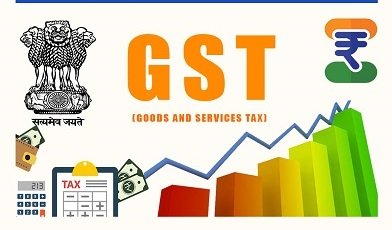Last Updated on August 19, 2025 8:01 am by BIZNAMA NEWS
R. Suryamurthy
India’s economy is likely to sustain its position as the fastest-growing major economy, supported by robust capital expenditure and strong domestic demand, but inflationary pressures remain a concern, according to the Standing Committee on Finance.
The committee, chaired by Bhartruhari Mahtab, in its Twenty-Sixth Report on the “Roadmap for Indian Economic Growth in Light of Global Economic and Geopolitical Circumstances,” said India’s policy mix has succeeded in maintaining growth above 6 percent even in the face of global uncertainty. It credited high public investment in infrastructure, resilient private consumption and a rapidly expanding digital economy for anchoring this performance.
Growth Outlook
India’s GDP expanded 6.5 percent in FY25, extending a run of strong growth despite headwinds from weak global trade. The report said the focus on infrastructure build-up, agriculture, education and skill development has created a foundation for sustained expansion. It argued that continued capital expenditure, coupled with reforms to boost private sector competitiveness, will be critical in maintaining momentum.
The panel also pointed to India’s growing share in global growth contributions, noting that the country accounted for nearly 16 percent of global GDP expansion in 2024, up from 11 percent in 2019. With manufacturing and services gaining traction, the committee said India is well positioned to benefit from supply chain diversification trends, though this window could close quickly if competitiveness gaps are not addressed.
Inflation and Price Stability
On inflation, the committee struck a cautious note. While consumer price index (CPI) inflation eased to an average of 5.2 percent in FY25, food inflation remained elevated, driven by vegetables, pulses and cereals. Core inflation, by contrast, has trended down, reflecting moderation in input costs and softening global commodity prices.
The committee credited the Reserve Bank of India’s monetary stance and government interventions in food markets—such as timely releases from buffer stocks and the expansion of the “Bharat” brand essentials—as important tools in stabilising prices.
It highlighted that foodgrain production rose 6.5 percent in 2024-25, with combined wheat and rice procurement reaching 813 LMT, lifting foodgrain stocks to 749 LMT against a buffer norm of 210 LMT. These reserves, coupled with forecasts of above-normal rainfall, are expected to ease pressure on food prices in the near term.
Risks Ahead
Still, the panel warned against complacency. It cited climate volatility, global oil price fluctuations and supply chain disruptions as continuing threats to price stability. The committee urged a sharper focus on agricultural productivity, logistics and risk management to prevent repeated food-price spikes.
It also pointed to structural fiscal challenges, warning that excessive reliance on subsidies and short-term measures could undermine both growth and inflation management in the medium term. Sustained price stability, it said, will require a balance of monetary discipline, investment in agriculture and reforms in distribution networks.
A Balancing Act
Mahtab summed up the challenge as one of careful calibration: India must sustain growth momentum while ensuring inflation does not erode the gains of recovery. The committee’s recommendations underline the need for continued capital expenditure, structural reforms and vigilance on price pressures as the economy navigates an uncertain global landscape.
“India’s growth trajectory is strong, but durable prosperity depends on anchoring it with price stability,” the report concluded.



